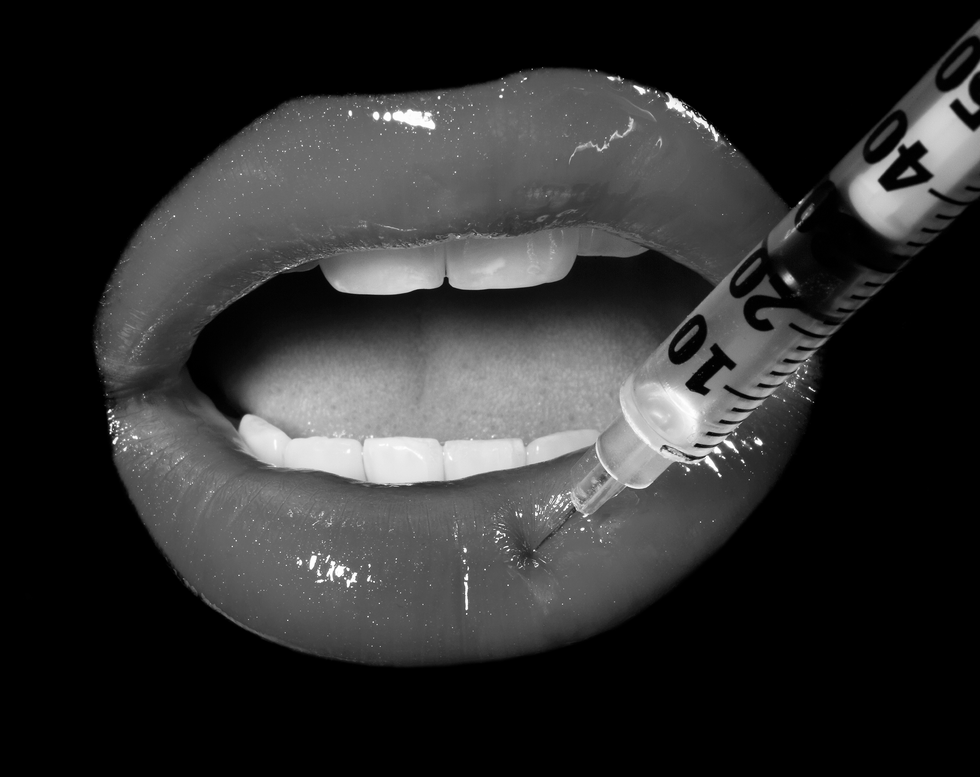A quick peek at TikTok can make it seem like everyone is getting filler...
and filler migration. Filler migration, aka when your actually drifts from where it was initially injected, can be a major departure from the look you were going for, whether you received , , or some other kind of injectable. When the actual filler moves, it can leave skin looking lumpy or swollen—in places where you don't *actually* need or want it.

The good news? It's super-rare, with the incidence rate being around 1%, according to studies. But you might be hearing more about it since "the number of patients getting injected with filler is rising," says , a board-certified dermatologist in Chicago. IL.
And although filler migration is not ideal, it's possible to treat if you end up with it post-injection. We talked to experts to get the deets. What is filler migration? For the uninitiated, "filler migration really refers to when the filler expands or physically moves away from the intended area into which it was injected," says Dr.
Ibrahim. For example, you get filler injected into your lips, but the skin the lips starts to look a little plump or lumpy, too. But filler can only migrate so far.
In fact, "filler cannot move more than a few millimeters—so , for example, won’t end up on the jawline or in your body systemically in any way," he says. If you're not sure whether you have filler migration, we gotchu: Filler migration looks like pronounced fullness that's to the area you intended to plum.
















